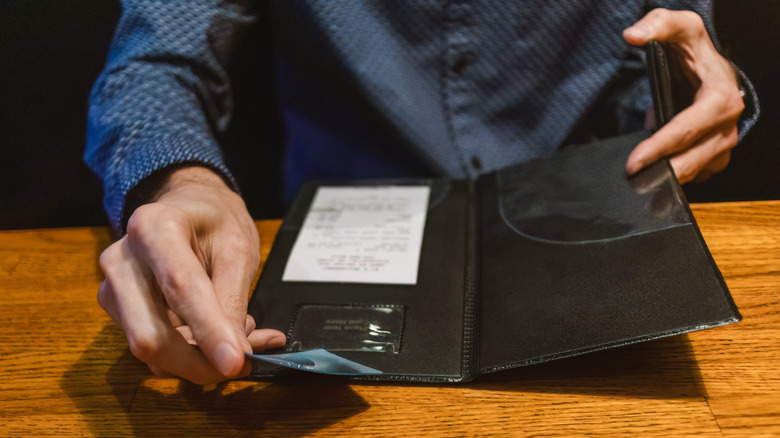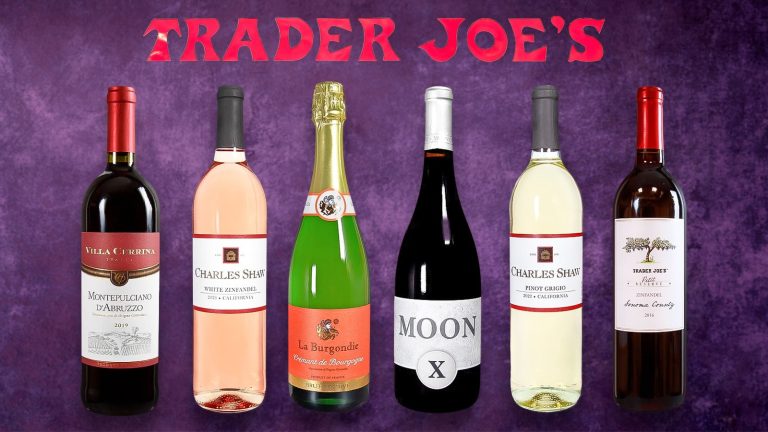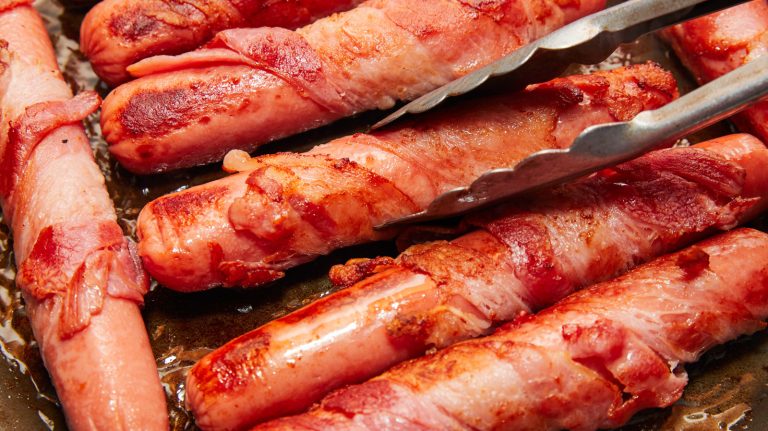A longstanding debate in the hospitality and service industries situates around tipping culture. Specifically when it comes to etiquette, many still find themselves unsure when it’s appropriate to skip the tip, if ever at all. In the case of fast food workers, it can be confusing as to whether tipping is customary or not. As opposed to the state-to-state system (tips based), it’s important to note when this responsibility falls on the customer so as to not accidentally leave your server with a tip too low. For those who have never worked in service industry, it can be very difficult to contextualize the reasoning behind this necessary step in the dining out experience, and it can be especially difficult to navigate for those across global communities, as restaurant etiquette dramatically varies country to country.
In the United States, tipping culture is standard — going out generally entails the expectation of an extra 20% after your bill hits the table. Though generation to generation it seems not everyone is on board with this, and therefore tip out totals can vary dramatically. TradingPedia dug into this discrepancy with the help of MarketsChain in order to get a handle on the national understanding of tipping culture. Their data comes from a survey sent to over 2,000 participants who were 18 or older. As it turns out, the generation most likely to poorly tip is seniors, who leave tips of around 16% on average.
Older generations tend to tip based on merit
Tipping culture can also be understood as it correlates to quality of service. In other global countries like the United Kingdom, for example, tipping is not as commonplace, though bills may include an optional service charge. As tip-out isn’t based on engagement with customers, it can be very touch and go. Whereas in the United States, it’s understood that you will develop somewhat of a relationship with your server or bartender over the course of your dining experience for the most part. When going about tipping your server, it’s also important to consider whether it’s better to tip in cash or on your card. This cultural difference sits upon the fact that in the U.S., your server’s livelihood is contingent upon whether or not you tip them when the bill comes. In other countries, payout looks differently and tips are merely considered a “bonus” as opposed to a “given” part of the experience.
According to TradingPedia’s survey, 57.16% of Americans in 2025 believe that good service is necessary in order to determine how they’ll tip at the end of a meal. Older generations base their tips on quality of service more often, whereas millennials are considered some of the most magnanimous, tipping an average of 19.5%. Overall, it appears that those who were born in the Baby Boomer generation are less likely to tip. When you compare this to Millennial respondents, most of whom always tip, you begin to see a pretty clear image of who will be more likely to pad the wallets of servers and bartenders across the hospitality industry.






